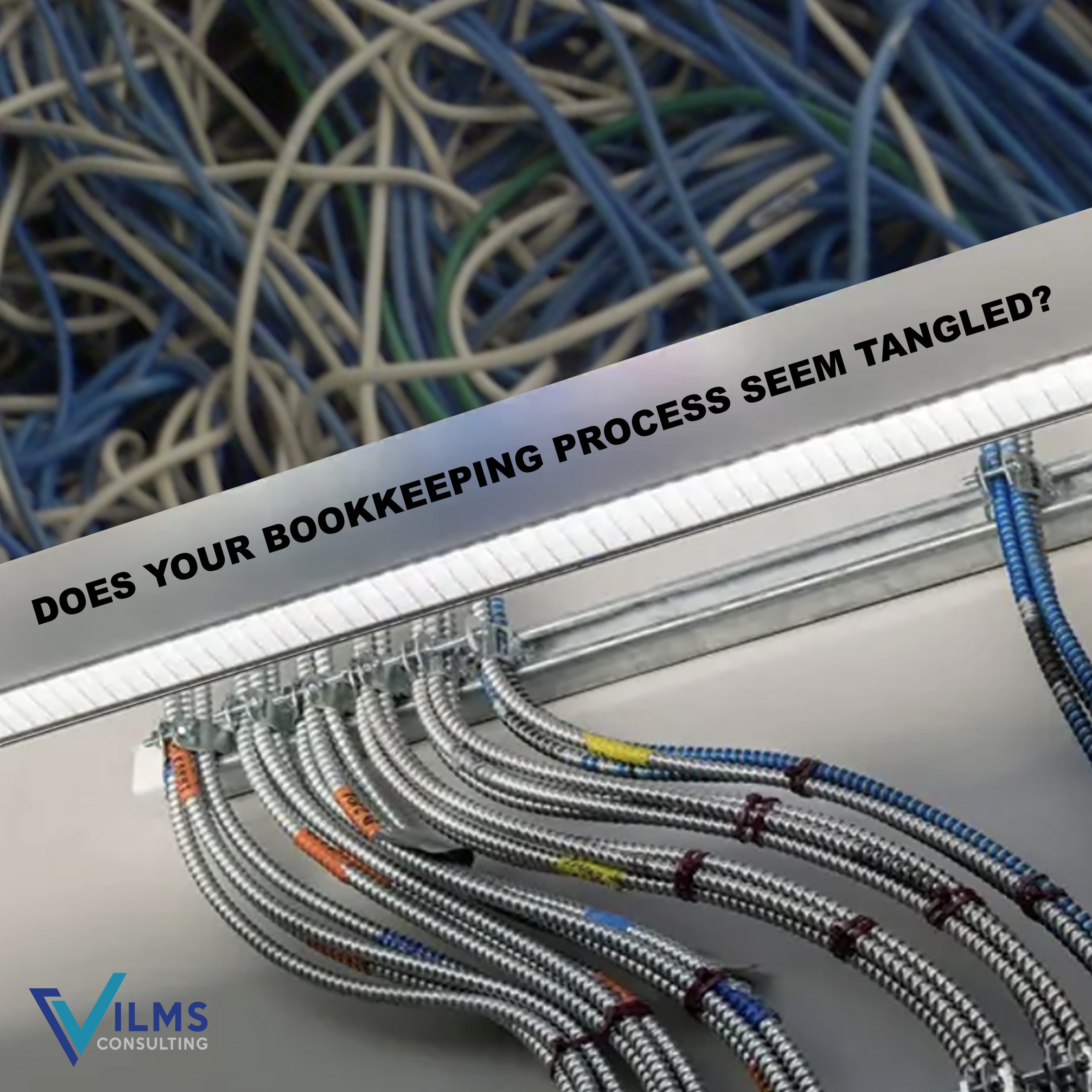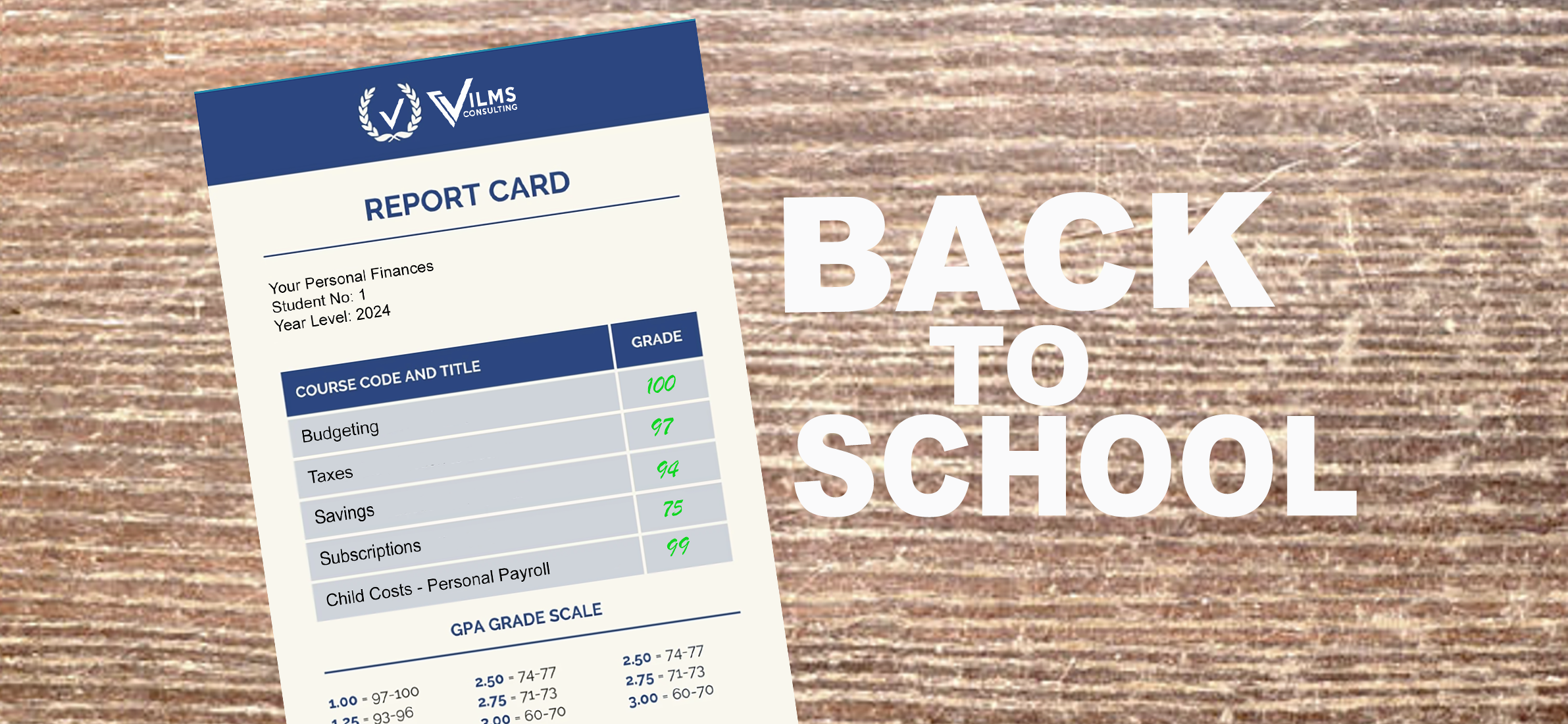Blog
Check out our blogs
From budgeting tips, to tax concerns, to advice on keeping your personal finances on track, we got it covered.
Subscribe to our newsletter
-
Featured Article
It’s time to reevaluate and make sure you’re using your system to the fullest to streamline your workflow!
Latest Articles

Schedule a free consultation today!
We’re ready to be on your team.





